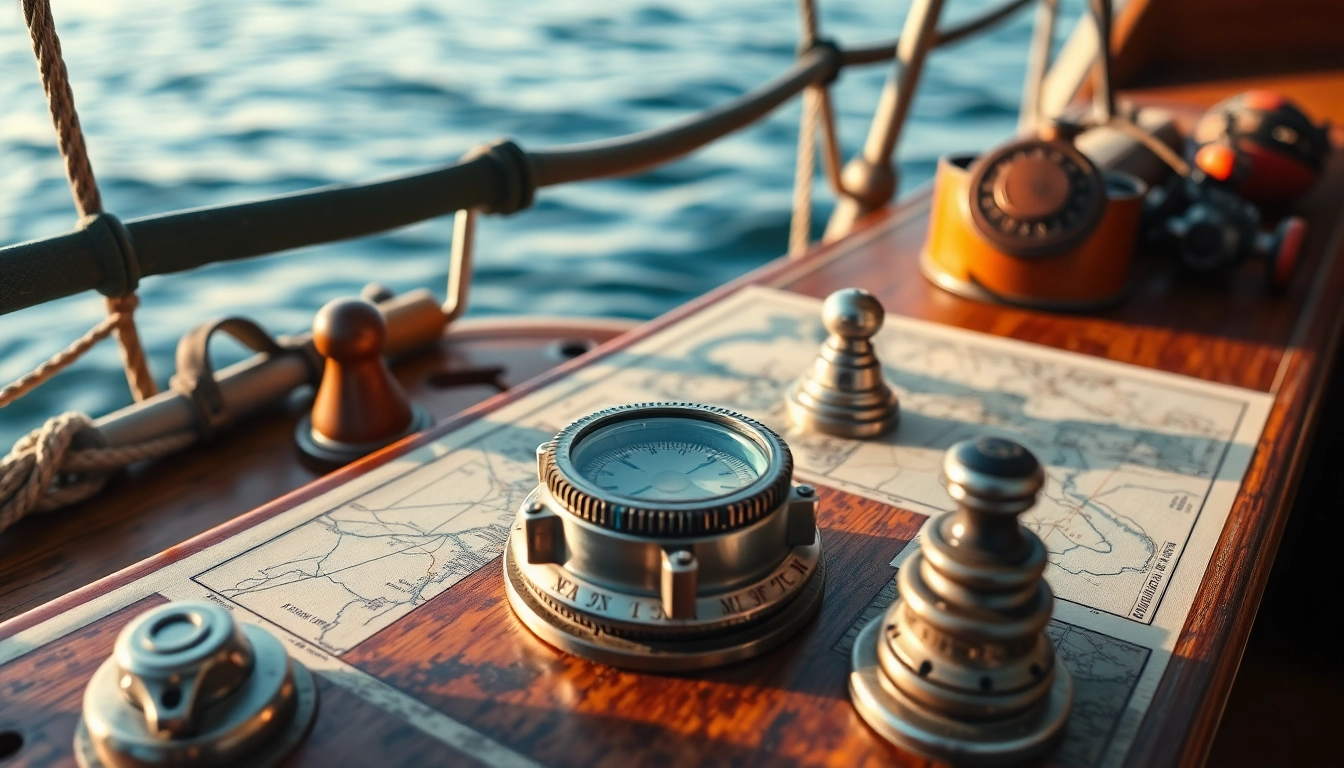Introduction to Boots Seeverelegung: Fundamentals and Significance
In the world of maritime navigation, precise positioning and effective route plotting are essential for safety and efficiency. Among the core techniques used by sailors, Boots Versegelung—or boat sail setting and navigation—plays a crucial role. It involves accurate methods to determine a vessel’s position relative to its surroundings, especially when technological aids like GPS are unavailable or unreliable. Understanding and mastering these traditional navigation techniques ensure that sailors can confidently navigate even under challenging conditions, making it a fundamental skill for both seasoned mariners and novice boaters alike.
This section introduces the concept of Boots Seeverelegung, emphasizing its importance in enhancing maritime safety, especially during long voyages or in areas with poor GPS signals. The ancient art of celestial navigation has evolved into sophisticated modern methods, but the basic principles remain vital for maintaining situational awareness on the water.
Methods of Boots Seeverelegung: Step-by-Step Guide
Applying Direct Peilung and Angle Measurement
Direct peilung (bearing measurement) involves observing a known landmark or navigational mark and measuring the angle between the vessel’s heading and the object. Using tools like a compass or a theodolite, sailors can establish the direction toward or from a specific point. This method provides a primary reference for determining the vessel’s position. For example, by peiling a lighthouse or a distinctive shoreline feature, navigators can plot a line of position on the chart, which is a cornerstone in traditional navigation.
Combining Modern Devices with Classical Techniques
Modern navigation benefits immensely from integrating traditional methods with electronic aids such as GPS, radar, or depth sounders. Electronic instruments provide precise, real-time data that, when combined with manual angle measurements and visual cues, create a robust navigation strategy. For instance, sailors can perform a visual bearing to a known object and verify it with a GPS coordinate, ensuring redundancy and higher accuracy. Combining these approaches enhances navigational reliability, especially in adverse weather or GPS jamming scenarios.
Avoiding Errors and Improving Precision
Accuracy in Boots Seeverelegung hinges on meticulous measurement and data interpretation. Common error sources include misalignment of the instrument, parallax errors, inaccurate time readings, or misidentification of landmarks. Regular calibration, precise timing, and cross-verification with additional landmarks or instruments help mitigate these issues. Additionally, understanding environmental factors like current, wind, or refraction can refine the interpretation of measurements and improve overall precision.
Techniques and Equipment for Boots Seeverelegung
Essential Instruments and Navigation Aids
At the heart of effective Boots Seeverelegung lie reliable instruments such as hand-held compasses, sextants, and binoculars. Modern navigators often use electronic devices like GPS receivers and digital theodolites for faster, more accurate readings. Visual aids, including range markers on land or buoys, complement these tools by providing fixed points for bearings. Likewise, map and tide tables are indispensable for correlating measurements with real-world positions and environmental conditions.
Maintenance and Calibration Tips for Instruments
Ensuring the accuracy of navigation tools involves routine maintenance and calibration. Sextants, for example, require periodic adjustment of their index arm and verifying their readings against known celestial bodies. Electronic devices need software updates and environmental protection against moisture and temperature fluctuations. Proper storage, careful handling, and regular calibration are critical to prevent inaccuracies that could jeopardize navigation safety.
Integrating Peilung and Charts for Precise Positioning
Combining angle-based measurements with detailed nautical charts is fundamental. By plotting the bearings of multiple landmarks on a chart, navigators can triangulate their exact position. This integration allows for more precise navigation than relying solely on a single measurement. Advanced techniques include running fixes, where successive measurements over time refine the vessel’s position, and dead reckoning, which estimates current position based on previous data and known current or wind conditions.
Practical Scenarios and Exercises
Simulated Peilung Conducted on Water
Practical training involves performing simulated peilung exercises on the water. These exercises can be done by taking bearings to visible landmarks or navigation buoys from different positions, then plotting the lines on a chart to locate the boat’s position. Regular practice builds confidence, hones measurement skills, and prepares sailors for real-world challenges.
Analyzing Errors and Corrective Measures
Post-exercise analysis highlights sources of error—such as misreading instruments, environmental influences, or incorrect plotting. Identifying these mistakes allows seafarers to adjust techniques or improve instrument handling. For example, correcting parallax errors or accounting for tide and current effects ensures ongoing accuracy in navigation.
Case Studies of Successful Boots Seeverelegung
Reviewing real-world case studies underscores the importance of traditional navigation methods. For instance, sailors navigating during a total cloud cover relied entirely on celestial fixes and bearing measurements, successfully reaching harbor without GPS. These stories emphasize that mastery of Boots Seeverelegung provides vital backup in emergencies and enhances overall safety.
Optimizing Boots Seeverelegung for Challenging Conditions
Navigation under Poor Visibility
Adverse weather, fog, or nighttime conditions demand heightened reliance on manual methods. Using radar and AIS data in conjunction with visual bearings allows for continuous position updates. Implementing careful plotting and backup navigation strategies minimizes the risk of disorientation or collision.
Building a Backup System
Having redundant systems ensures navigational safety. This can include traditional tools like a compass, sextant, and charts, as well as portable electronic devices. Regularly practicing manual navigation skills ensures preparedness if electronic aids fail, allowing continuous navigation in any situation.
Emerging Technological Trends and Future Developments
The future of Boots Seeverelegung involves integrating augmented reality, advanced sensor technology, and AI-assisted plotting. Such innovations will enhance real-time accuracy and reduce manual effort. Nevertheless, the core skills of angle measurement and chart reading will remain vital for resilient, dependable navigation.


